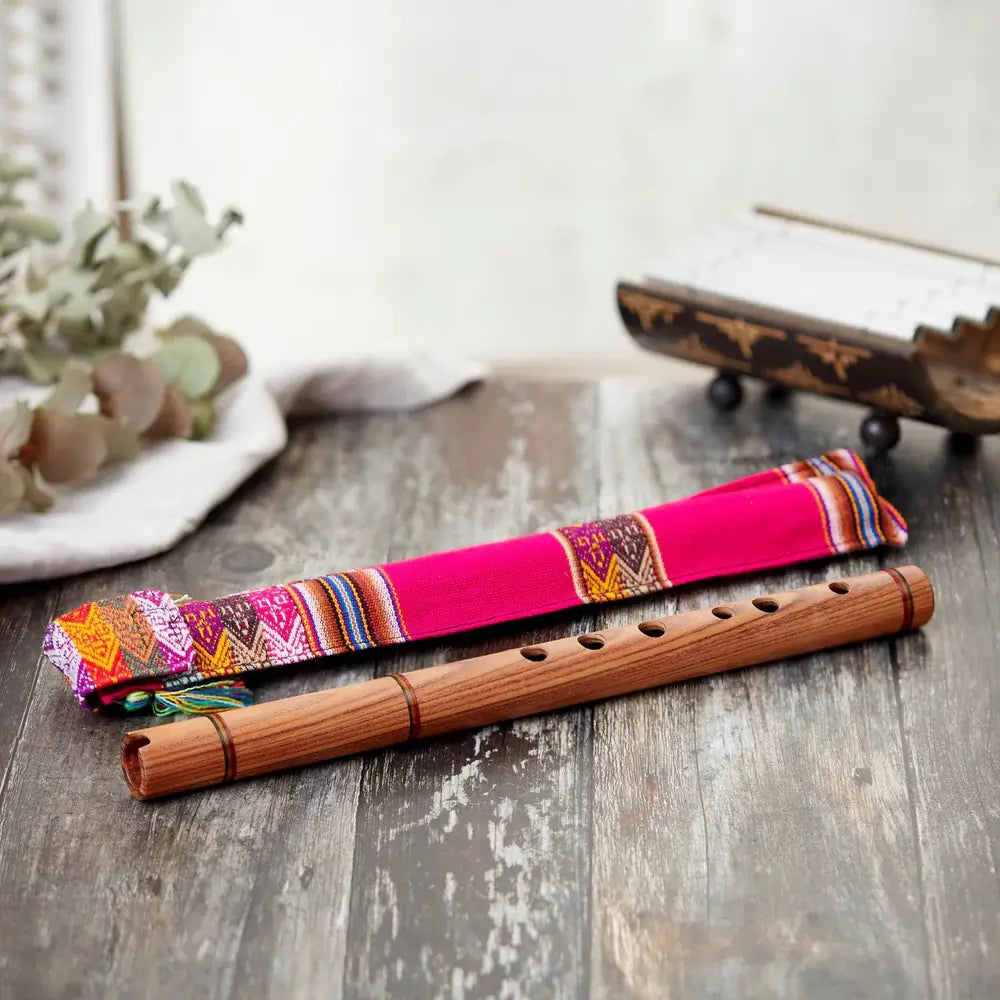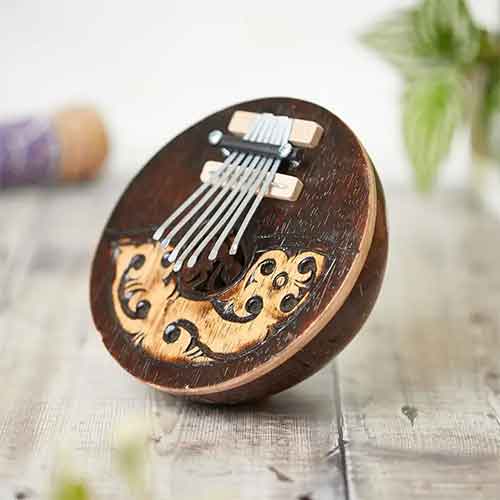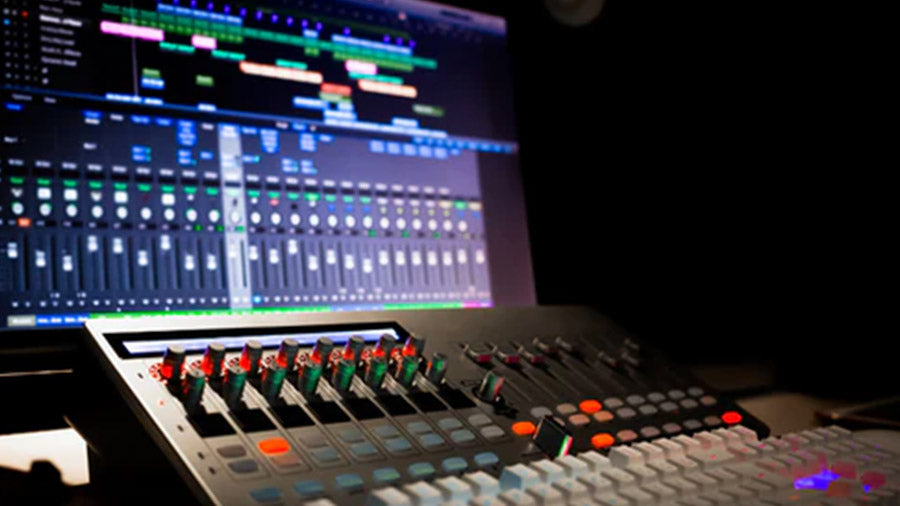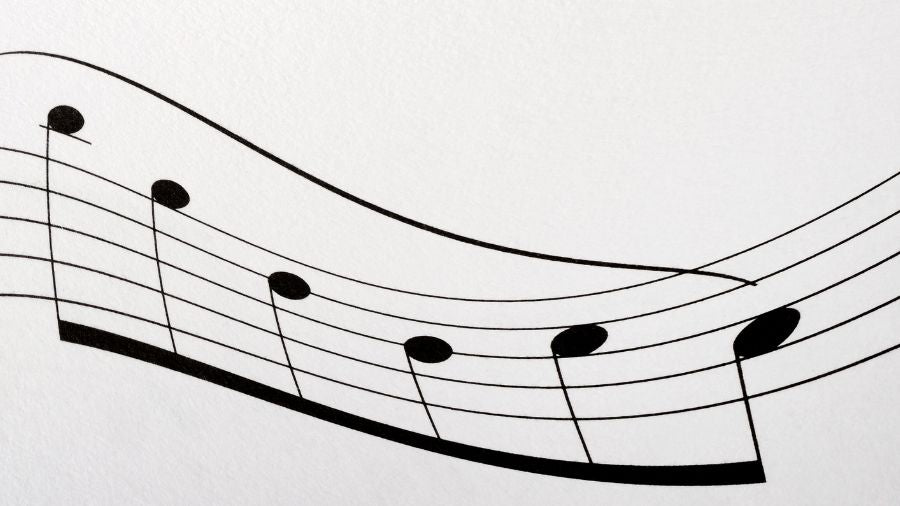We are going to explore the world of ADSR and its uses in measuring sound. ADSR, which stands for Attack, Decay, Sustain, and Release, is a fundamental concept in audio engineering and music production that helps us understand the characteristics of a sound.
Introduction to ADSR
ADSR is a framework for audio engineers, musicians, and sound designers to understand and manipulate the tonal qualities of a specific instrument. By analyzing a sound's ADSR, we can gain insights into its attack, decay, sustain, and release, which ultimately shape the instrument's overall character. This understanding allows us to make informed decisions when recording, mixing, and processing audio, ensuring that the final sound is precisely what we envisioned.
We are going to explore the intricacies of ADSR and how it can be used to measure and understand the sound of a specific instrument. We will enter each phase of ADSR, providing an overview of its importance and how it can be manipulated to achieve desired sound effects. We will explore tools and software that can help us visualize and adjust ADSR parameters and address frequently asked questions about this topic.
Understanding the Attack phase in ADSR
The attack phase in ADSR refers to the initial transient of a sound, the time it takes to reach its peak loudness or amplitude. This phase is in determining the perceived "sharpness" or "softness" of an instrument's attack. A quick attack, such as that of a plucked string or a drum hit, creates a more immediate and percussive sound, while a slower attack, like that of a bowed string or a wind instrument, results in a smoother and more gradual onset.
Understanding the attack phase is particularly important when working with instruments with a solid transient, as it can help us shape the overall character of the sound. By adjusting the attack, we can control the instrument's initial impact and "bite," allowing us to create a wide range of tonal variations.
Exploring the Decay phase in ADSR
The decay phase in ADSR refers to the time the sound takes from its peak amplitude to the sustain level. This decay is in determining the overall "shape" of the sound and how it evolves. A shorter decay time can result in a more percussive and abrupt sound, while a longer decay time can create a more sustained and smooth-sounding instrument.
The decay phase is critical in instruments with a natural resonance, such as piano, guitar, or brass. By understanding and manipulating the decay, we can control the amount of natural reverberance and overtones in the sound, allowing us to create a more natural and organic-sounding instrument.
What is sustain in ADSR?
The sustain phase in ADSR refers to the sound level after the attack and decay. This phase is crucial in determining the sound's overall "fullness" and "richness". A higher sustain level can create a more sustained and powerful sound, while a lower sustain level can produce a more sparse and delicate tone.
The sustain phase is critical in instruments played for an extended period, such as wind instruments or sustained keyboard sounds. By adjusting the sustain, we can control the overall "body" and "presence" of the sound, allowing us to create a more dynamic and expressive performance.
Analyzing the Release phase in ADSR
The release phase in ADSR refers to the time it takes for the sound to fade after the note or sound has been released. This phase is crucial in determining the sound's overall "decay" and "tail". A longer release time can create a more natural and organic-sounding fade-out, while a shorter release time can result in a more abrupt and percussive ending.
The release phase is critical in instruments with a natural resonance, such as piano, guitar, or organ. By understanding and manipulating the release, we can control the amount of natural reverberance and overtones in the sound, allowing us to create an atmospheric listening experience.
How ADSR shapes the sound of a specific instrument
The ADSR parameters work together to shape a specific instrument's overall character and tonal quality. By understanding the interplay between these four phases, we can better understand how a particular instrument produces its unique sound.
A piano's attack is typically quite percussive, with a fast transient that quickly reaches its peak amplitude. The decay phase is relatively long, allowing the piano's natural resonance to sustain the sound. The sustain level is often lower as the piano's strings decay over time. The release phase is relatively long, creating a natural fade-out as the sound dissipates.
A trumpet's attack is more gradual, with a slower build-up to its peak amplitude. The decay phase is shorter, as the player's embouchure quickly damps the instrument's natural resonance. The sustain level is often higher, allowing the trumpet to maintain a robust and sustained tone. The release phase is also relatively short, creating a more abrupt ending to the sound.
By understanding how these ADSR parameters shape the sound of a specific instrument, we can make more informed decisions about recording, mixing, and processing audio. This knowledge allows us to create more authentic and compelling representations of the instruments we work with.
Examples of ADSR in different instruments
To further illustrate the concept of ADSR, let's explore how it manifests in different types of instruments:
Piano:
- Attack: Relatively fast, creating a percussive and immediate sound.
- Decay: Moderately long, allowing the strings to resonate naturally.
- Sustain: Moderate, as the player's technique primarily controls the piano's sustain.
- Release: Moderately long, creating a natural fade-out.
Electric Guitar:
- Attack: Depending on the playing technique (e.g., plucking, hammering-on, pulling-off).
- Decay: Relatively short, as the guitar's strings quickly lose energy.
- Sustain: This can be extended through effects like distortion or sustain pedals.
- Release: Relatively short, creating a more abrupt ending to the sound.
Trumpet:
- Attack: Moderately slow, as the player's embouchure controls the initial transient.
- Decay: Relatively short, as the instrument's natural resonance is quickly damped.
- Sustain: High, allowing the trumpet to maintain a robust and sustained tone.
- Release: Relatively short, creating a more focused and defined ending to the sound.
Violin:
- Attack: Depending on the playing technique (e.g., bowing, plucking).
- Decay: Moderately long, as the strings naturally resonate and gradually lose energy.
- Sustain: High, as the player can maintain a continuous tone through bowing.
- Release: Moderately long, creating a natural fade-out as the sound dissipates.
By analysing the ADSR characteristics of different instruments, we can better understand their unique tonal qualities and how they can be manipulated to achieve desired sound effects.
ADSR Manipulation techniques
Now that we understand ADSR (Attack, Decay, Sustain, Release), we can explore how to manipulate these parameters to craft specific sound effects. For attack manipulation, sharpening the attack by reducing the attack time results in a more percussive and immediate sound, while softening it by increasing the attack time creates a gradual and smooth effect. When it comes to decay manipulation, shortening the decay time gives a punchy, abrupt sound, whereas lengthening it produces a sustained and resonant tone.
In terms of sustain manipulation, increasing the sustain level creates a fuller and more robust sound, while decreasing it results in a sparser and more delicate effect. Finally, for release manipulation, shortening the release time allows for an immediate and percussive ending, while lengthening it creates a more natural and organic fade-out. By combining these techniques, you can shape the tonal characteristics of an instrument to fit your musical context or creative vision, making mastery of ADSR parameters essential for audio engineers, musicians, and sound designers to achieve their desired outcomes.
Tools and software for adjusting ADSR parameters
To effectively work with ADSR, it's helpful to have access to tools and software that allow us to visualize and adjust these parameters. Here are some examples of commonly used tools and software:
Digital Audio Workstations (DAWs)
Most modern DAWs, such as Pro Tools, Logic Pro, and Ableton Live, provide built-in ADSR envelopes or modulation tools that allow you to visualize and manipulate the ADSR parameters of individual audio tracks or virtual instruments.
Synthesizer software
Dedicated synthesizer software, like Serum, Massive, or Sylenth1, often features advanced ADSR controls that allow you to shape the tonal characteristics of the generated sound.
Standalone ADSR editors
There are specialized software tools, like ADSR Envelope Editor or ADSR Envelope Visualizer, that focus solely on providing a comprehensive interface for visualizing and adjusting ADSR parameters.
Spectral analysis tools and ADSR hardware controllers
Applications like Spectralayers Pro, Izotope RX, or Audacity's built-in spectrum analyzer can help you visualize a sound's ADSR characteristics by displaying its waveform and spectral information over time. Some audio hardware, such as MIDI controllers or dedicated hardware synthesizers, feature physical knobs, sliders, or other controls that allow you to manipulate ADSR parameters in real time during performance or recording.
By utilizing these tools and software, you can gain a deeper understanding of ADSR and how it affects the sound of a specific instrument. This knowledge, combined with practical experimentation and creative application, can help you achieve the desired tonal qualities and sound effects in your audio productions.












